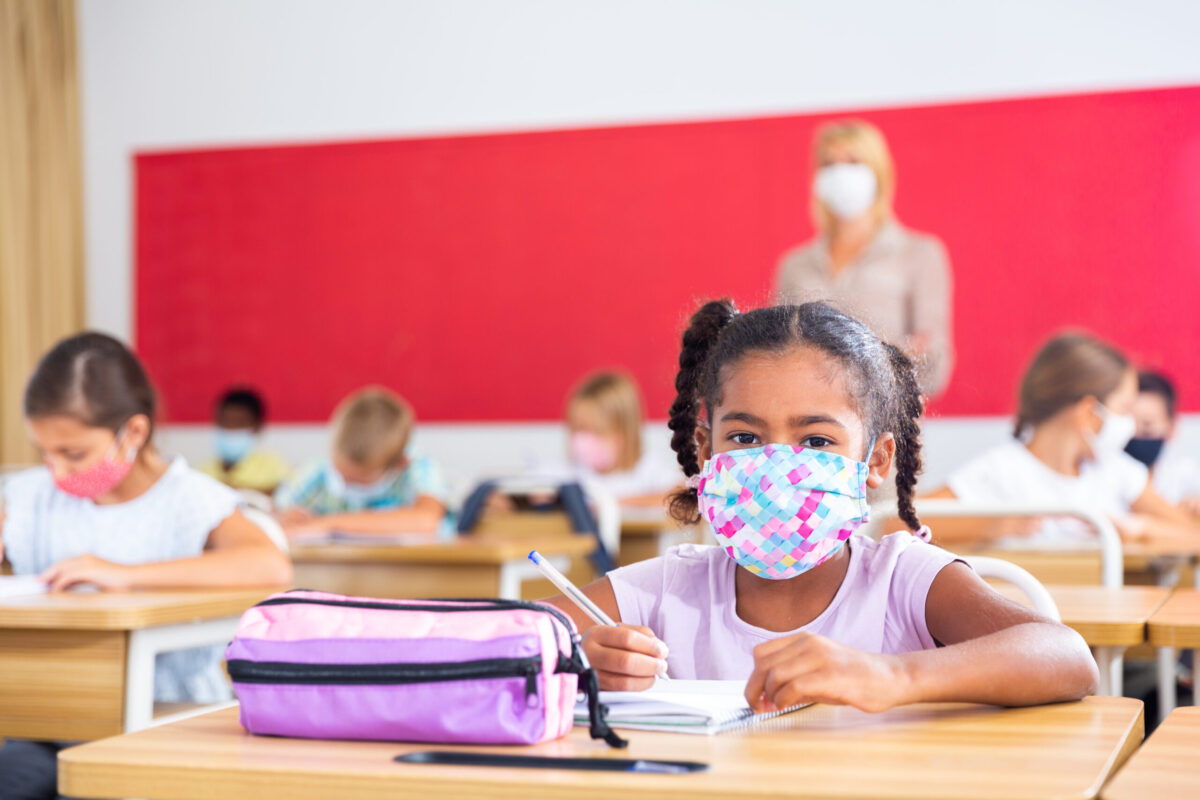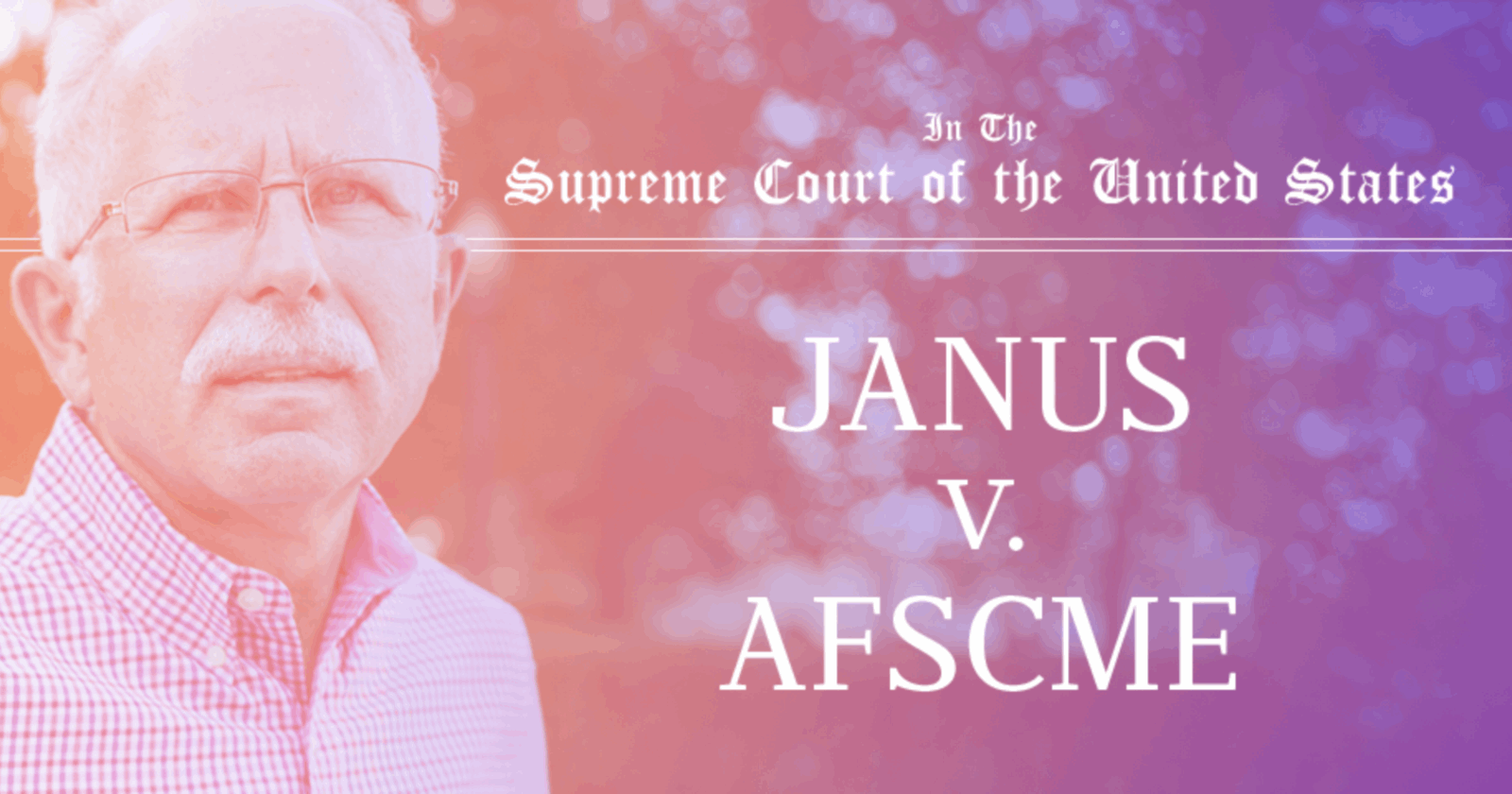The Hutchinson School District, a plaintiff in the Gannon lawsuit, is maintaining cash reserves of almost half of the district operating budget.
Hutchinson is one of four districts suing the state for additional school funding, but USD 308 is sitting on more than $38 million in cash reserves. The number includes debt reserves, operating reserves, and capital reserves. Capital and debt reserves must be used for specific purposes, but operating reserves are flexible. Hutchinson’s operating and other reserves total nearly $24.5 million.

Lawmakers hiked income taxes and injected $193 million in new funding into public schools this year. In response, public school funding advocates encouraged districts to begin spending down reserves. Mark Tallman, a lobbyist for the Kansas Association of School Boards, recommended school officials reduce cash balances.
“Again, there are many justifiable reasons why districts have increased cash reserves, most notably during the years of state budget turmoil,” Tallman wrote in a blog post. “But after this legislature took steps to finally provide stability for the next two years, districts should consider ways to reasonably invest money in one-time investments, like professional development to improve the educational outcomes.”
It’s advice not all districts heeded. While 136 school districts spent down some of their reserves, 151 districts added to their savings accounts. A state efficiency audit suggested school districts should maintain reserves between 10 and 15 percent of their operating budgets. The Hutchinson School District pushed its cash balance to 49.7 percent of its operating budget. That’s up from 46.2 percent the year before.
Kansas Policy Institute parsed Kansas State Department of Education numbers to determine how much money public schools have sitting in reserves. Statewide, the number reached a new high in 2017. Kansas schools have complied more than $2 billion in cash reserves, or about 19 percent of operating budgets. In comparison, the average percentage of school district cash reserves in 2006 was 12.3 percent.
Tallman’s post explained that some districts were holding money due to the occasional late payment from the state to districts, but according to Dave Trabert, president of the KPI, says climbing cash reserves are a tacit admission that schools are getting money they don’t have to spend.
“Payments haven’t been late for years,” he said. “Why are they holding onto it now?”
The Wichita School District, also a party to the lawsuit against the state, also increased cash reserves this year. The Wichita district added $6.5 million to its reserves. Kansas City, Kansas, and Dodge City school districts, the other parties to the lawsuit, slightly lowered their reserves after lawmakers increased school funding. Despite slight dips in their reserves, KCK ended the 2017 school year with $64.8 million in cash. Dodge City schools reduced reserves by slightly more than $300,000, leaving the district with $14 million in reserves in July 2017.
There are wide variances in the amounts Kansas districts maintain in their own reserves. For example, the Lansing School District ended the 2017 school year with only 3 percent of its operating budget left in the bank, while the Lewis School District held operating reserves of 54 percent of its budget.
“It is commendable that dozens of districts seem to manage their cash quite well,” Trabert said. “There’s probably some lessons to be learned from other districts.”




